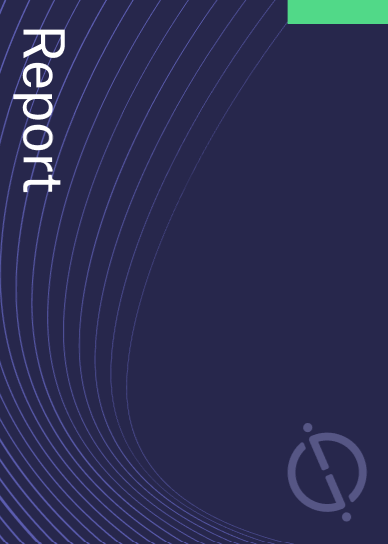The healthcare industry continues to be a hotbed of innovation. Activity is driven by telemedicine, real-time diagnostics, smart hospitals and access to digital therapies, and the growing importance of technologies such as artificial intelligence (AI), the internet of things (IoT), augmented reality (AR), robotics and data management practices. In the last three years alone, there have been over 106,000 patents filed and granted in the healthcare industry, according to GlobalData’s report on Artificial Intelligence in Healthcare: Surgical spectroscopy. Buy the report here.
According to GlobalData’s Technology Foresights, which uses over 443,000 patents to analyse innovation intensity for the healthcare industry, there are 200+ innovation areas that will shape the future of the industry.
Surgical spectroscopy is a key innovation area in artificial intelligence
Surgical spectroscopy is fundamental to differentiate between healthy and cancerous tissue. It identifies spectral alterations related to biochemistry of cancerous cells and further employs a diagnostic algorithm to provide critical tissue phenotype and functional biochemistry data of surgical pathology during surgery. With its ability for safe resection and minimal injury to surrounding organs, surgical spectroscopy is expected to show strong adoption in the coming years.
GlobalData’s analysis also uncovers the companies at the forefront of each innovation area and assesses the potential reach and impact of their patenting activity across different applications and geographies. According to GlobalData, there are 80+ companies, spanning technology vendors, established healthcare companies, and up-and-coming start-ups engaged in the development and application of surgical spectroscopy.
Key players in surgical spectroscopy – a disruptive innovation in the healthcare industry
‘Application diversity’ measures the number of different applications identified for each relevant patent. It broadly splits companies into either ‘niche’ or ‘diversified’ innovators.
‘Geographic reach’ refers to the number of different countries each relevant patent is registered in. It reflects the breadth of geographic application intended, ranging from ‘global’ to ‘local’.
Patent volumes related to surgical spectroscopy
Source: GlobalData Patent Analytics
Johnson & Johnson is the leading patent filer in the surgical spectroscopy market. Some other leading patent filers include Stryker and Waters.
In terms of application diversity, MolecuLight leads, followed by Alcon and Fresenius. With regards to geographic reach, Autonomix Medical leads, followed by Stryker and Becton Dickinson.
Surgical spectroscopy has become a crucial surgical aid for patients with cancer and its increased accessibility will be game changing. Not only does it enable accurate tissue identification, but also provides room for manual intraoperative adjustments to enhance visualisation of remaining tumour tissue. Further technological advancements to improve patient access, safety and outcomes, may boost the market size of this field at a lucrative rate.
To further understand how artificial intelligence is disrupting the healthcare industry, access GlobalData’s latest thematic research report on AI in Healthcare - 2021.
Data Insights
From

The gold standard of business intelligence.
Blending expert knowledge with cutting-edge technology, GlobalData’s unrivalled proprietary data will enable you to decode what’s happening in your market. You can make better informed decisions and gain a future-proof advantage over your competitors.







